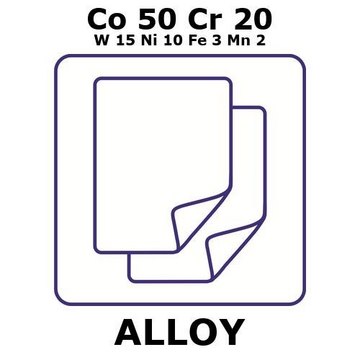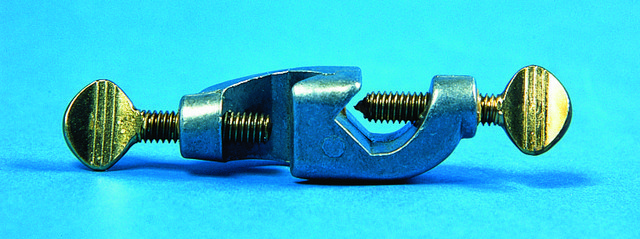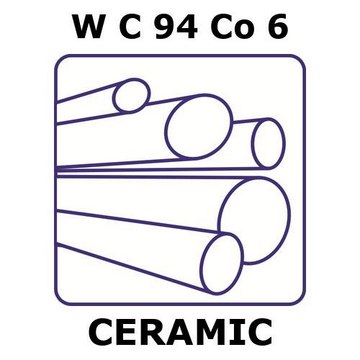GF63918782
Tungsten
wire reel, 10m, diameter 0.1mm, clean, 99.95%
Synonym(s):
Tungsten, W 005138, W
Sign Into View Organizational & Contract Pricing
All Photos(2)
About This Item
Empirical Formula (Hill Notation):
W
CAS Number:
Molecular Weight:
183.84
MDL number:
UNSPSC Code:
12141747
PubChem Substance ID:
NACRES:
NA.23
Recommended Products
Assay
99.95%
form
wire
manufacturer/tradename
Goodfellow 639-187-82
resistivity
4.9 μΩ-cm, 20°C
L × diam.
10 m × 0.1 mm
bp
5660 °C (lit.)
mp
3410 °C (lit.)
density
19.3 g/mL at 25 °C (lit.)
SMILES string
[W]
InChI
1S/W
InChI key
WFKWXMTUELFFGS-UHFFFAOYSA-N
General description
For updated SDS information please visit www.goodfellow.com.
Legal Information
Product of Goodfellow
Choose from one of the most recent versions:
Certificates of Analysis (COA)
Lot/Batch Number
It looks like we've run into a problem, but you can still download Certificates of Analysis from our Documents section.
If you need assistance, please contact Customer Support.
Already Own This Product?
Find documentation for the products that you have recently purchased in the Document Library.
Jan R Andreesen et al.
Annals of the New York Academy of Sciences, 1125, 215-229 (2007-12-22)
The history and changing function of tungsten as the heaviest element in biological systems is given. It starts from an inhibitory element/anion, especially for the iron molybdenum-cofactor (FeMoCo)-containing enzyme nitrogenase involved in dinitrogen fixation, as well as for the many
Elias Papaconstantinou et al.
Frontiers in bioscience : a journal and virtual library, 8, s813-s825 (2003-09-06)
Polyoxometalates (POM) have a rich and promising photochemical behavior. Upon illumination at the O M CT band (i.e., in UV and near-visible area) become powerful oxidizing reagents able to oxidize various organic compounds. In the process POM undergo stepwise reduction
P Thongkumkoon et al.
Toxicology letters, 226(1), 90-97 (2014-02-08)
The toxicity of nanomaterials has been well known, but mechanisms involved have been little known. This study was aimed at looking at direct interaction between nanomaterials and naked DNA for some fundamental understanding. Two different types of nanomaterials, carbon nanotubes
Nikolay Strigul
Ecotoxicology and environmental safety, 73(6), 1099-1113 (2010-09-16)
Tungsten is a widely used transition metal that has not been thoroughly investigated with regards to its ecotoxicological effects. Tungsten anions polymerize in environmental systems as well as under physiological conditions in living organisms. These polymerization/condensation reactions result in the
Synthetic analogues and reaction systems relevant to the molybdenum and tungsten oxotransferases.
John H Enemark et al.
Chemical reviews, 104(2), 1175-1200 (2004-02-12)
Our team of scientists has experience in all areas of research including Life Science, Material Science, Chemical Synthesis, Chromatography, Analytical and many others.
Contact Technical Service






